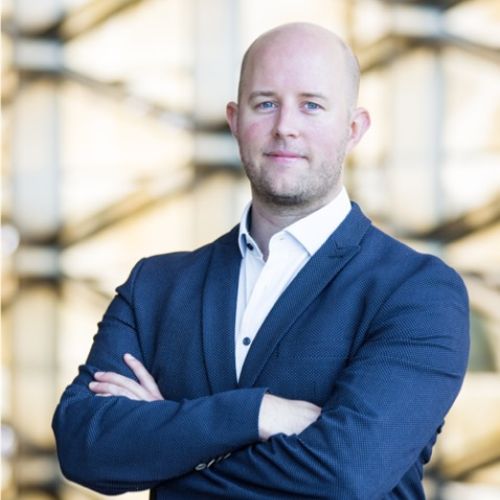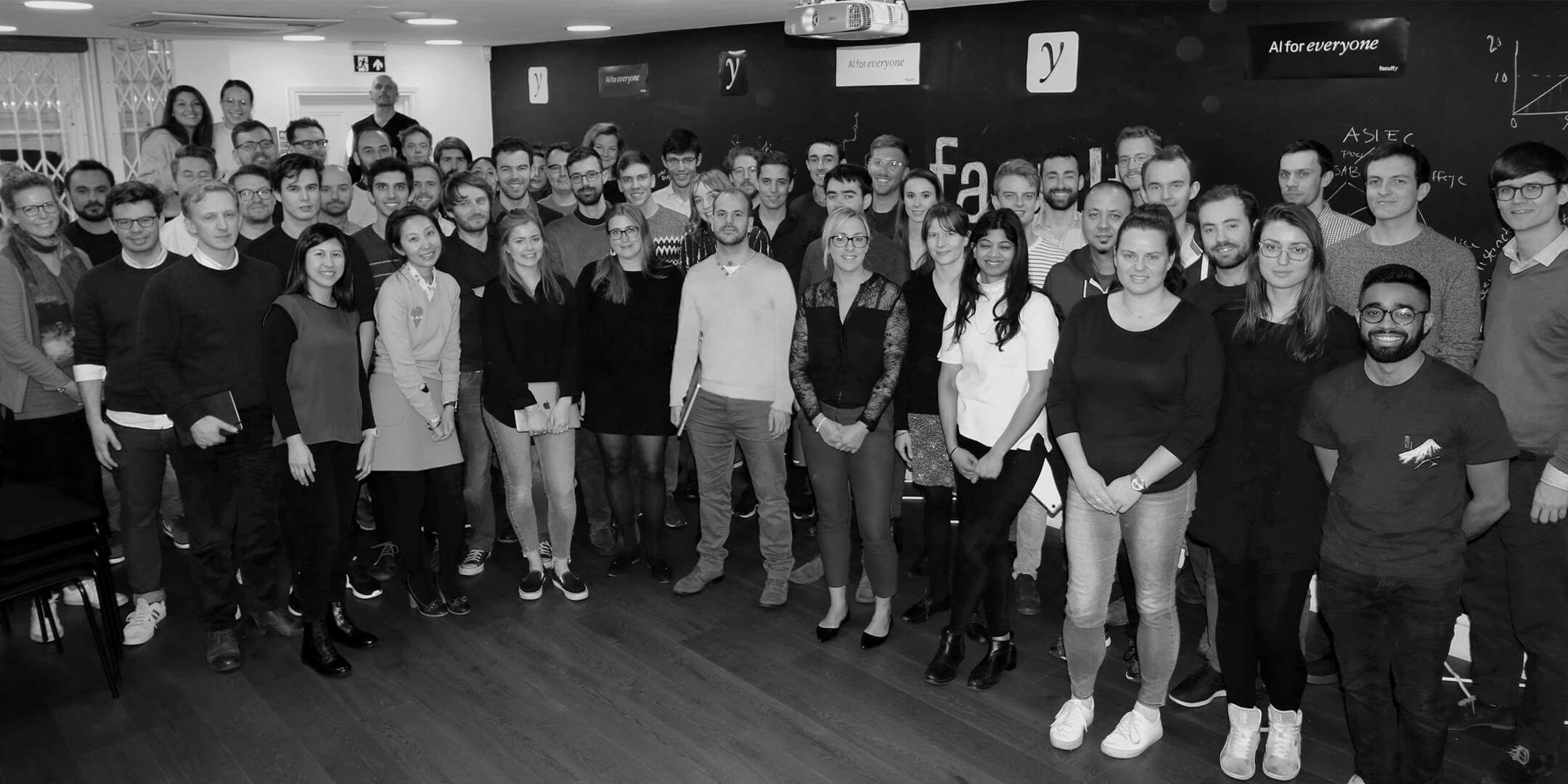Assistant Professor, Bioengineering
Kyle Lauersen

Biological and Environmental Science and Engineering Division (BESE)
Principal Investigator, Sustainable & Synthetic Biotechnology Group (SSB)
Orcid
https://orcid.org/0000-0002-5538-7201
Twitter account: @Kylelauersen
“The crossover of engineering strategies with biological systems will enable us to break through barriers into a future of endless possibilities.”
Professor Lauersen obtained his Bachelor of Science, Bachelor of Education, and Master of Science degrees from Queen’s University in Kingston, Canada.
Looking back, he attributes his passion for research to the summer internships he completed during his undergraduate studies—from conducting paleolimnology sampling on Canada’s east coast to observing dune ecology flower mating patterns on the west coast of the U.S. to completing intensive studies in scientific greenhouse operations and plant tissue culture.
After finishing his master’s, Professor Lauersen made his way to Bielefeld University in Germany, where he obtained his Doctorate of Natural Sciences under the supervision of Professor Olaf Kruse in the Center for Biotechnology (CeBiTec), facilitated by the CLIB Graduate Cluster scholarship program. He stayed in Bielefeld for a five-year postdoc as part of the Horizon2020 funded grant PHOTOFUEL, where he developed novel expression strategies for metabolic engineering of eukaryotic algae.
At KAUST, he now leads the Sustainable & Synthetic Biotechnology research group (SSB), which aims to explore resource-efficient biotechnological processes with microorganisms and alternative crops.
FocusAndTechnologyAreas
At the forefront of innovation, scientists like Professor Lauersen use synthetic biology to enhance different cellular features and build organisms capable of specialized metabolism. Photosynthetic organisms can power biotechnological processes with sunlight while also consuming waste products, like CO2.
In the lab, Professor Lauersen’s team has a “gene-to-product” mentality, always operating with industrial scalability in mind. Through gene editing (CRISPR/Cas), metabolic engineering, and bioprocess design, they use biological systems for resource-efficient processes aimed at many goals—from carbon capture to food generation and materials science to environmental mitigation.
Sunlight, water, carbon dioxide, and trace elements are all algae need in order to grow and replicate. These resources are abundant in the Kingdom of Saudi Arabia’s unique environment, creating the perfect conditions for developing sustainable photosynthetic biotechnological processes.
Algae are a broad group of organisms with many different properties that generate a diverse pool of natural bioproducts with human-use value. Using natural energy from the sun, seawater, and a little ingenuity, Professor Lauersen’s team can farm algae at higher yields and turnover than plant-based crops. In addition, developments in genetic understanding allow them to tap into the unique metabolic pathways of algae and convert CO2 into tailor-made products.
Professor Lauersen was the first person to demonstrate concerted metabolic engineering in a higher alga by matching foreign genetic elements to host regulation machinery with advanced synthetic DNA designs. At KAUST, he’s expanding his work to aspects of food and resource-use on the shores of the Red Sea.
His team’s research includes bioprospecting new organisms of interest from the local environment, engineering microbial cell factories, bio-process design to scale biotechnology with novel organisms, and resource-use planning. Globally, algal biotechnologies are a growing field, with collaborators from almost every continent contributing to Professor Lauersen’s work.
Why did you choose this research topic?
I was hooked on molecular biology after walking into the poplar tree engineering lab of Professor Sharon Regan, where I saw miniature poplar trees growing in agar in sterile culture. My passion was cultivated by working on antifreeze proteins and grass genetic engineering in Professor Emeritus Virginia Walker’s lab. With my eye on applied biotechnology, I won a scholarship to pursue my doctorate in algal biotechnology in Germany. This led to my current passion for sustainable biotechnology. In Germany, I was part of the Cluster of Industrial Biotechnology, and I interacted with over 100 other Ph.D. students working in various biotechnology themes. This accelerated my development in this field. During my postdoctoral phase in Bielefeld, I was part of the EU-Horizon 2020 funded project PHOTOFUEL, where academic and industrial teams from all over Europe worked on engineering the secretion of drop-in fuels from photosynthetic microbes.
Why KAUST?
KAUST is the most amazing place in the world, with incredible cultural diversity and a unique location. The excellent resources and the concept of a “House of Wisdom” make this place very special for young scientists. Our research theme fits perfectly within the environment of the Kingdom of Saudi Arabia, and we have access to support that lets us think about long-term problem-solving in our field.

